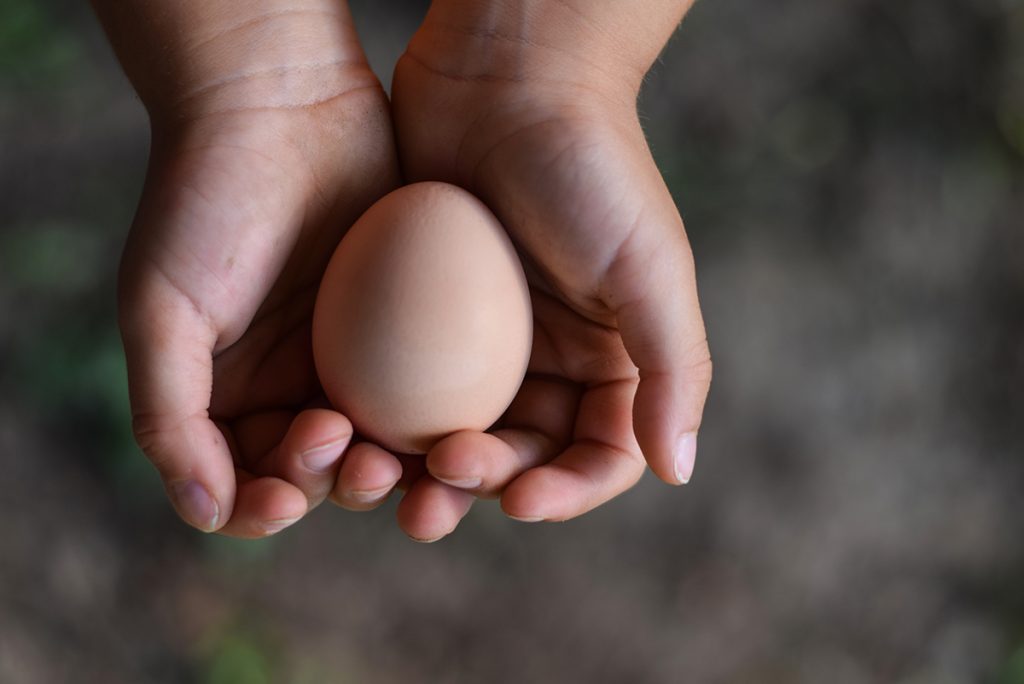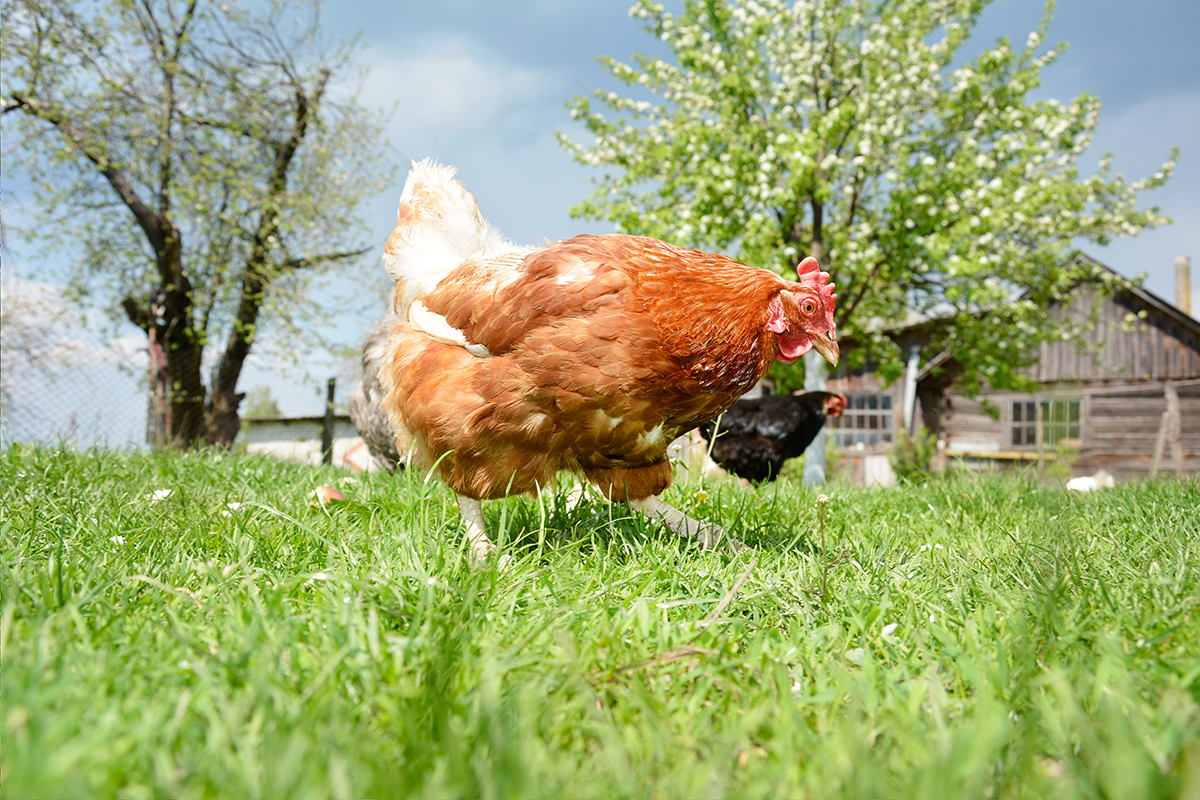When it comes to chooks, you shouldn’t just wing it.
Turns out that amongst the toilet paper, tinned goods, paper towel and pasta hoarding, there was something else in high-demand — live chickens.
It seems the feathery, ever-hungry and clucky birds were a must-have pet for Aussies looking to ensure their egg supply, whilst also becoming more self-sufficient and sustainable at home.
It’s true, we couldn’t bare another weekend without our favourite eggs-benny.
But with chicken sales at an all-time high, we need to be sure we know how to care for our pecking-friends. So, we’ve enlisted the help of ChickenGuard, the world’s most innovative automatic locking system for chicken coop doors to give us the ins and outs of chicken-raising life.
How much room do chickens need?
If you’re like us, you’ll happily spend time in the aisles of Woolies reading carton boxes to find out who gives your eggs’ mothers a good run. So, you’ll need to ensure you too are setting the right standard for your chooks. As a general rule, chicken coops need roughly two to three square foot per chicken and eight-10 square feet for the chicken run. If you have roughly five chickens, you would need at least 15 square feet in the coop house. But for the chicken run, the more square feet the better. If you don’t allow adequate space for a flock of chicken, many issues can arise such as pecking, bullying, stress and in some instances even death.
What should you feed your chickens?
Just like us, chooks need a balanced diet to ensure they stay happy and healthy. The main component of their diet should be layered pellets or layers mash, as they are packed with all the essential
minerals and nutrients. It’s also important to ensure they have grit in with their food – this allows the chooks to break down their food and digest properly. You can provide the feed in a dispenser or scatter their food in their chicken run to encourage natural foraging behaviour. Raw fruits and veggie scraps can also be given daily with fresh
water.
Avoid feeding them high salt foods or any food that’s spoiled. Types of foods to avoid include; raw potato, citrus, avocado, chocolate, onion and garlic. A lack of appetite from your chooks can mean something might be wrong – so it’s always best to consult with an expert if this is a case.
Why hasn’t my chicken laid eggs?
There are many reasons why your chickens might not be laying eggs. It’s best to give them time to settle in and adjust to their new environment. Stress is a big factor – whether it’s moving to a new coop, lack of water or changes to the pecking order. It can take up to six weeks for a chicken to adjust to a new coop. Hens are more likely to lay more in warmer months when the days are longer. In saying that, during the colder months in Australia some chicken owners tend to add an electric light to their coop to keep their hen in egg production. However, this can reduce their laying lifespan.

Child holding a chicken’s egg. Image purchased.
What type of shelter is best for a chicken?
Things to consider when considering keeping backyard chickens is space, weather, cleanliness and security. The coop or hen house should be dry, draft-free, have good ventilation and provide a great amount of shelter from the rain and wind. The house should be positioned so that it gets the morning sun but isn’t too warm in the afternoon. Nest boxes are also required for hens to lay eggs and nest in. A dark inside area of the coop is always best and you also need to allow for roughly two-three boxes for five hens. Perches are also great for hens to roost on, ideally to be made out of timber and about 50cm up from the floor of your coop.
How do you keep your chickens safe from predators?
Living in Australia, predators are a big concern with foxes, snakes, feral cats and dogs all a daunting reality for chook keepers. Nonetheless, we’ve got five simple tips to consider:
1. Secure your coop, checking for even the smallest hole in a corner or roofing.
2. If you have a run, ensure you use hardwire mesh and dig it in so that predators can’t dig under.
3. You can use lights to scare away predators, but in particular, foxes in urban areas won’t always be deterred.
4. You should give everything a monthly check-up, but during warmer months, when predators are more active, make it weekly.
5. And then, of course, you’ll want to invest in a ChickenGuard, a neat little box that automatically opens the coop door with timers and sensors in the morning and shuts it at night. Keeping predators out and letting you and your chickens get a lie-in.
Now that you’ve put all of your eggs in a basket, it’s time to get creative! Why not try this Chicken and Egg Donburi Recipe or this Decadent Chocolate Mousse by Peter Gilmore? If you’d rather do some good to more than just your stomach, you can now drink wine and help pets in need with this new release and initiative from Sit Stay Society.


